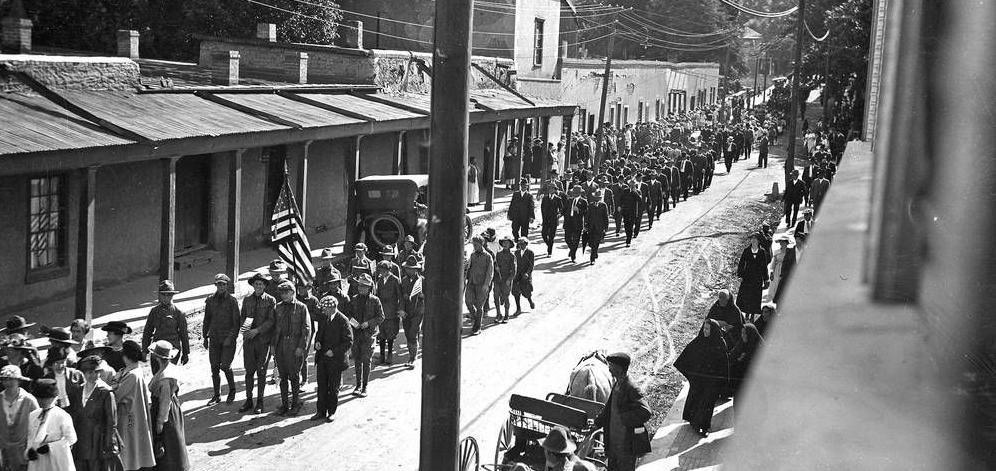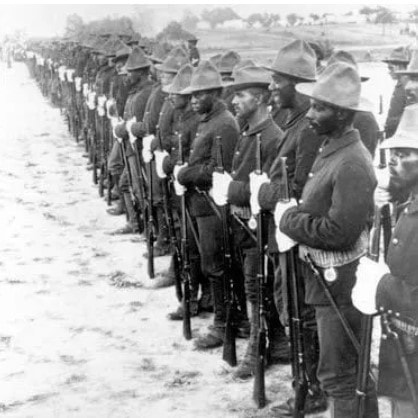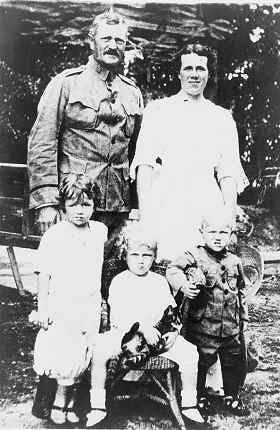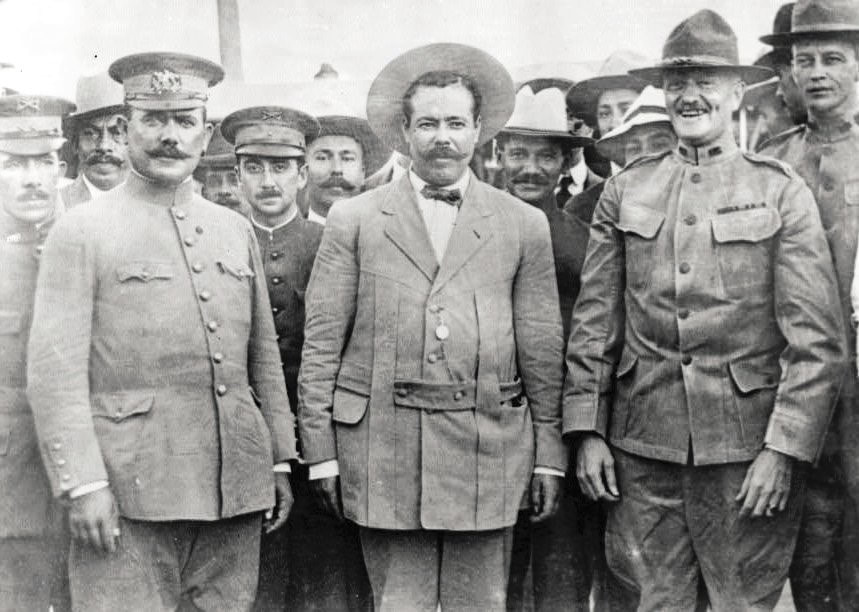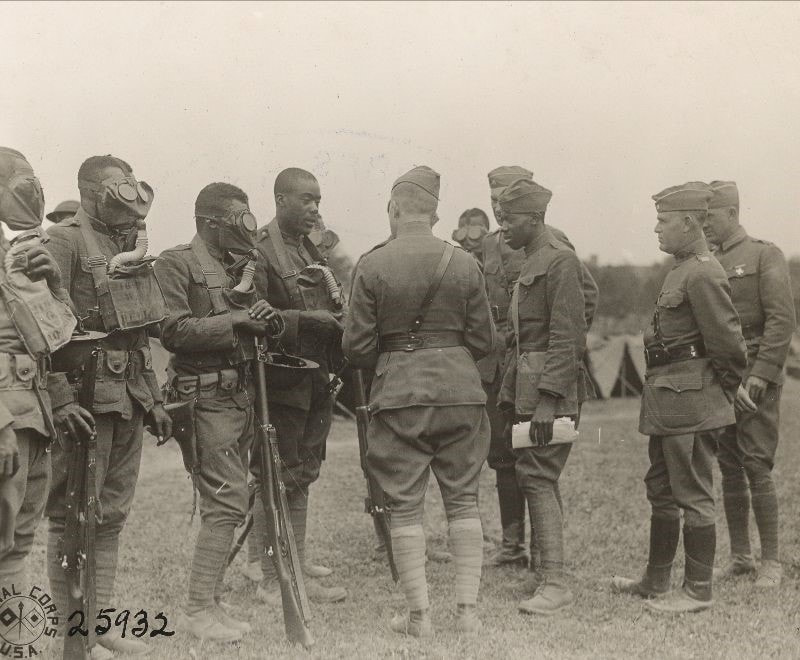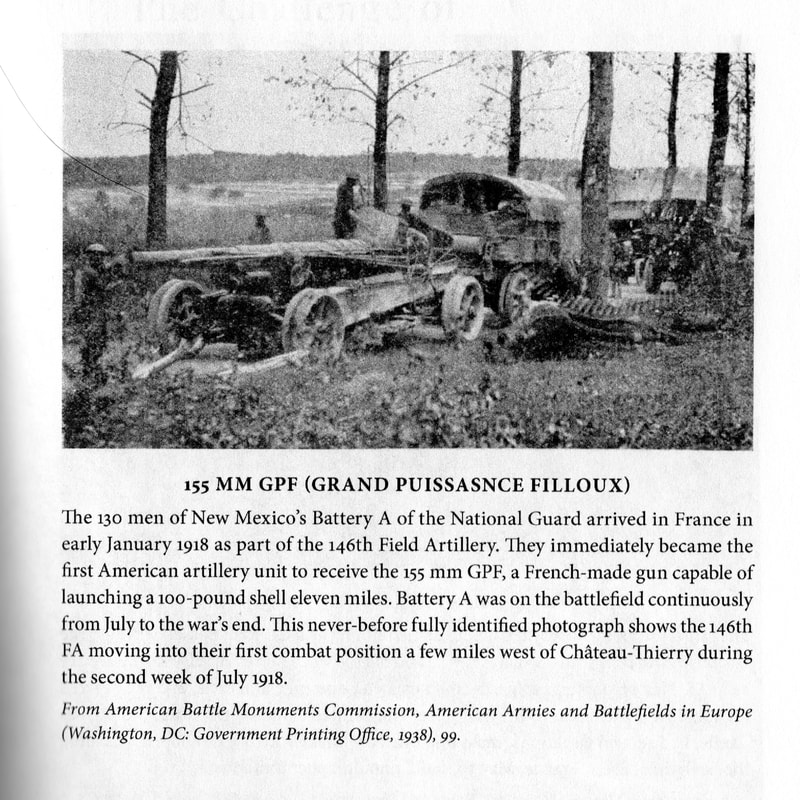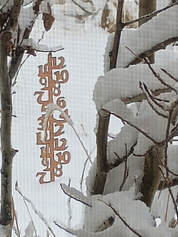
Have you ever heard the song "Here We Come a-Wassailing" and wondered what that meant? Evidently a lot of people have, prompting someone to change the words to “Here We Come a-Caroling.” Wassailing is an old English tradition of going door-to-door, singing and being offered a drink from the wassail bowl in exchange. During the Middle Ages, the wassail was traditionally held on Twelfth Night, or January 6, and the wassailers were peasants who came wassailing at their feudal lords’ doors. The lord of the manor would give food and drink to his peasants in exchange for their blessing and goodwill.
Peasants also wassailed the trees in their orchards, assuring that there would be plenty of fruit in the coming year.
There are many variations on both wassail and figgy pudding. Here are two that you might want to try.
Wassail
1 pint cranberry juice
¾ cup sugar
1 tsp aromatic bitters
2 sticks cinnamon
1 tsp whole allspice
1 small orange, studded with 20 cloves
1 cup rum (optional)
Put all ingredients into a crockpot and cook on high for 1 hour or low 4-8 hours, Or put in a saucepan and warm on the stove: do not boil!
Plum Duff
Put in saucepan and melt over medium heat:
½ cup shortening
1 cup brown sugar
Beat well, then beat into shortening mixture:
2 eggs
2 cups cooked, mashed prunes
Add and stir:
1 cup flour
Dissolve 1 tsp soda in 1 TBS milk and mix into prune mixture.
Fill greased 8” pudding molds 2/3 full and steam for 1 hour.
Or fill two greased 1 pound coffee cans (do they even make these anymore?) and steam for 1 hour
Or bake in a greased 8” square pan for 20-30 minutes at 350°
Serve with sweetened whipped cream or hard sauce. If you've read this far and don't know what hard sauce is, let me know and I'll provide that recipe to you!




